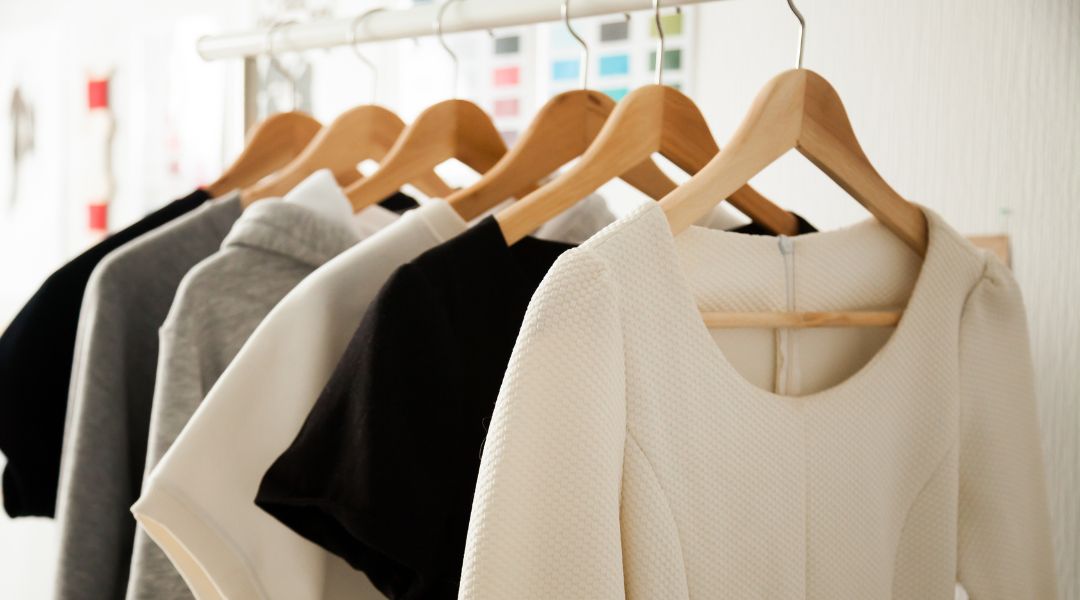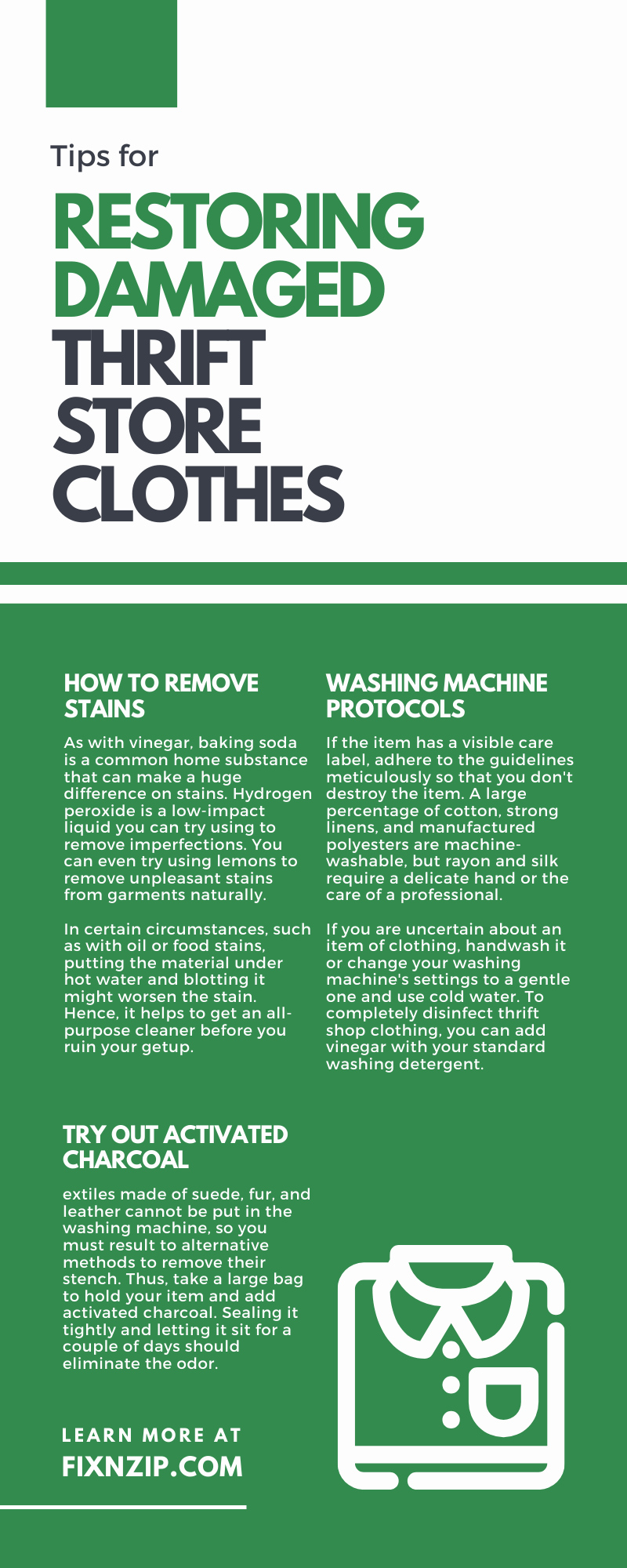
There's a common misconception that vintage and secondhand clothes are the same. Many believe that both are dirty, lower quality, and ugly. However, that couldn't be further from the truth.
You can create a brand-new wardrobe with secondhand clothing with the proper care, especially if you explore vintage apparel. The difference between vintage and secondhanded items is simple: vintage apparel must be at least 20 years old. Therefore, if you find a Y2K shirt in your closet, you have a vintage shirt.
Before you swing by your local shop, learn these tips for restoring damaged thrift store clothes to find the best items with the most potential.
The first hurdle in acquiring excellent vintage apparel is researching the merchant selling secondhand things, whether you're a seasoned thrifter or just starting.
Although most vintage shops, online thrift stores, and independent sellers have a comprehensive screening procedure, it never hurts to gently enquire about it while browsing a collection of pre-loved beauties.
On the other hand, bigger secondhand stores should make you somewhat more skeptical—not because they don't have excellent standards, but because there will be more opportunities for mistakes with a larger assortment. This does not exclude you from shopping there; it only necessitates a more thorough examination from you.
The prospecting and decision-making processes are up to your intuition. When shopping for new items, check for visible flaws, such as huge stains, holes, or excessively stretched cloth. While these are not certain indications of irreversibly ruined clothing, they might point you toward the correct path.
Thoroughly examining the items lets you know if you can patch, alter, or repair any items and whether they will need any further care in the long run. Sometimes, the potential you see in a garment is worth the extra effort you must put into it.
Make use of your sense of smell as well. You don't have to get too up close and personal to comprehend whether a piece of clothing releases a disagreeable stench. Examining the item in this way will quickly tell you if the garment only needs a washing—or if it has a more permanent aroma.
Assuming you found a gorgeous ensemble that needs some care, it's time to begin the cleansing process. There are several methods for removing ink and sweat stains from vintage apparel that don't require a potent chemical mixture.
As with vinegar, baking soda is a common home substance that can make a huge difference on stains. Hydrogen peroxide is a low-impact liquid you can try using to remove imperfections. You can even try using lemons to remove unpleasant stains from garments naturally.
In certain circumstances, such as with oil or food stains, putting the material under hot water and blotting it might worsen the stain. Hence, it helps to get an all-purpose cleaner before you ruin your getup. The best cleaner will remove the stain without damaging the material.
Before wearing any clothing you buy, secondhand or otherwise, it is highly advisable to clean it thoroughly.
If the item has a visible care label, adhere to the guidelines meticulously so that you don't destroy the item. A large percentage of cotton, strong linens, and manufactured polyesters are machine-washable, but rayon and silk require a delicate hand or the care of a professional.
If you are uncertain about an item of clothing, handwash it or change your washing machine's settings to a gentle one and use cold water. To completely disinfect thrift shop clothing, you can add vinegar with your standard washing detergent.
Once the items are clean, you must airdry them because the dryer can easily ruin your clothing. Lay bulkier items like sweaters, jackets, and blankets flat on a table to dry. You can put lighter garments on hangers and leave them to air dry. If there are wrinkles you need to remove, use a gentle steamer rather than an iron.
Since some care labels won't be on thrifted clothing items, you may have to handwash your apparel safely.
If this is your only option, use natural detergents and stain removers. Strong soaps will likely leave their lasting mark, and removing that new stain is nearly impossible.
Fill your sink with warm water to soak your clothes in soap and vinegar. Scrub your items with a gentle stroke, as if you're painting a portrait with a thin brush, and be attentive to any bleeding. Hang it out to air-dry once you’re satisfied with your work.
Intricate pieces, like lace or sequins, might be too fragile to handle alone, leaving you to look for answers. The best solution is to find a dry cleaner—but not just any dry cleaner because a green one is much better.
Green dry cleaners only use environmentally friendly substances to clean your clothing. Regular dry cleaners use hazardous chemicals that are bad for you and the environment. So you get to improve the environment while a professional cleans your items; that’s a win-win situation.
If you gave your items the works and there is still a musty smell in the air, it's time to consider one last-ditch effort. Textiles made of suede, fur, and leather cannot be put in the washing machine, so you must result to alternative methods to remove their stench. Thus, take a large bag to hold your item and add activated charcoal. Sealing it tightly and letting it sit for a couple of days should eliminate the odor.
Shopping at a thrift shop is a fun and exciting way to create a new wardrobe out of discarded and old clothes. What's one person's trash is another person's treasure, especially when they take the extra step of restoring their damaged thrift store clothes. Other than blemishes, stains, and smells, repairing or replacing a garment's zipper is another concern. If you found a gorgeous pair of pants, but the zipper isn't functioning, FixnZip is here to help with our zipper pull replacement. Adding one of our zippers will make your clothing as good as new, and these products are compatible with plastic and metal zippers. Check out the zipper options we have available, and get one today!

